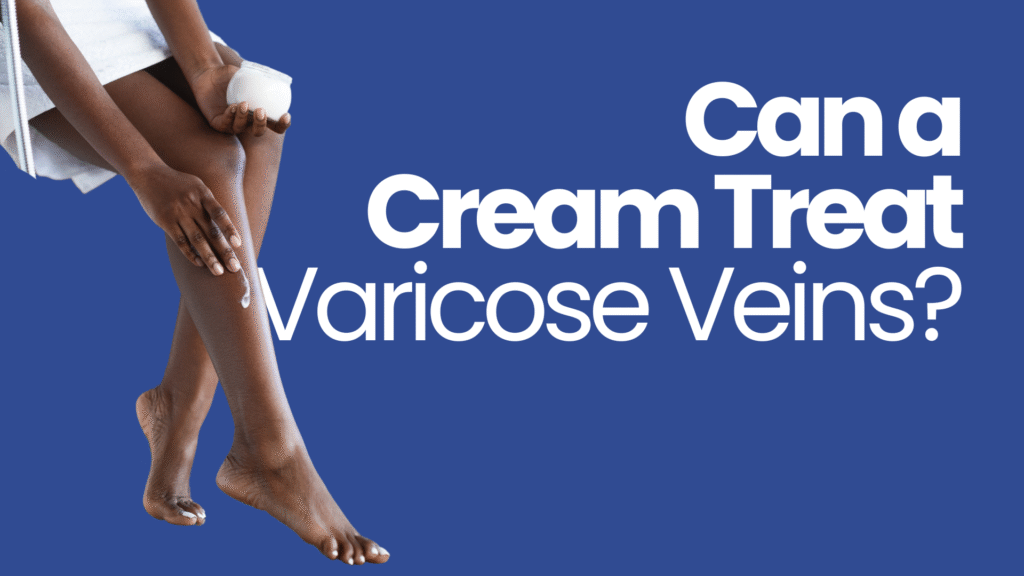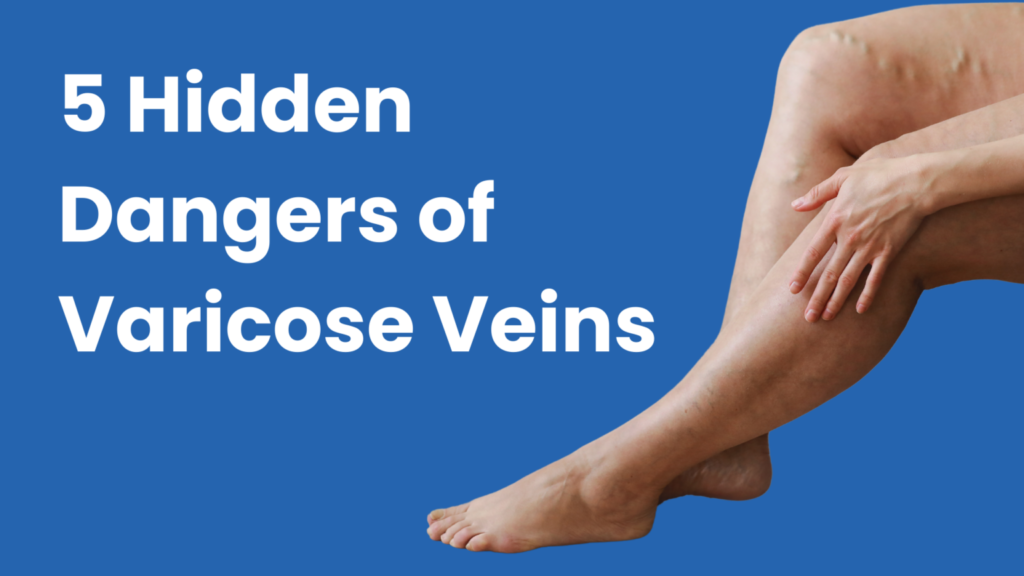Frequently Asked Questions on Sclerotherapy
While laser vein removal in Aventura is always an option for vein disease patients, Sclerotherapy is held as a viable alternative. For those considering the procedure as a possible treatment option, here are a few basic questions answered.
Is it Invasive?
Patients will be glad to note that sclerotherapy does not require general anesthesia or any hospitalization time. However, the procedure is still categorized as minimally invasive. While conducting the surgery, the vein physician will administer a solution into the diseased veins through the use of a thin needle. This solution is formulated to directly affect the walls of the veins, making them stick together and close up. Following the surgery, symptoms associated to vein disease will diminish. As with all surgical procedures, sclerotherapy does involve certain risks, among them the chance of postsurgical infection.
How Long is the Recovery Time?
Patients may thankfully (or, bitterly) note that sclerotherapy does not come with any required time off work or days spent in bed. As a matter of fact, it is common for sclerotherapy patients to resume their regular activities immediately following the surgery. Patients might be asked to wear compression stocking for the first few days following the procedure, and the vein surgeon might recommend abstaining from certain physical activities. In all cases, as always, it’s critical that the patient ask their doctor how best to care for the condition following the surgery.
Does it Work Immediately?
It’s important for sclerotherapy patients to note that the procedure does not provide its rewards immediately following the surgery. In fact, the patient might not being to see the full results of the treatment until several weeks has passed. This is because the body needs some time before it is able to absorb the diseased vein anew following the procedure.
Is One Session Enough?
While sclerotherapy has proven its effectiveness in eliminating symptoms associated with vein conditions, the doctor might require an additional session or set of sessions in order to treat each of the patient’s abnormal veins. Additionally, should similar veins reappear in the future, the patient will need to make another visit to their vein doctor for a treatment. Again, the final decision of how many sessions will be required in a patient’s case is ultimately up to the surgeon.
How Many Applications Does it Have?
Sclerotherapy is a versatile treatment option. It can be used to treat relatively large varicose veins as well as relatively small, spider veins. Ultrasound guidance is available to the vein physician as an option to aid them in visualizing the vein adequately enough for the treatment, even if the veins can barely be seen from the skin’s surface.


